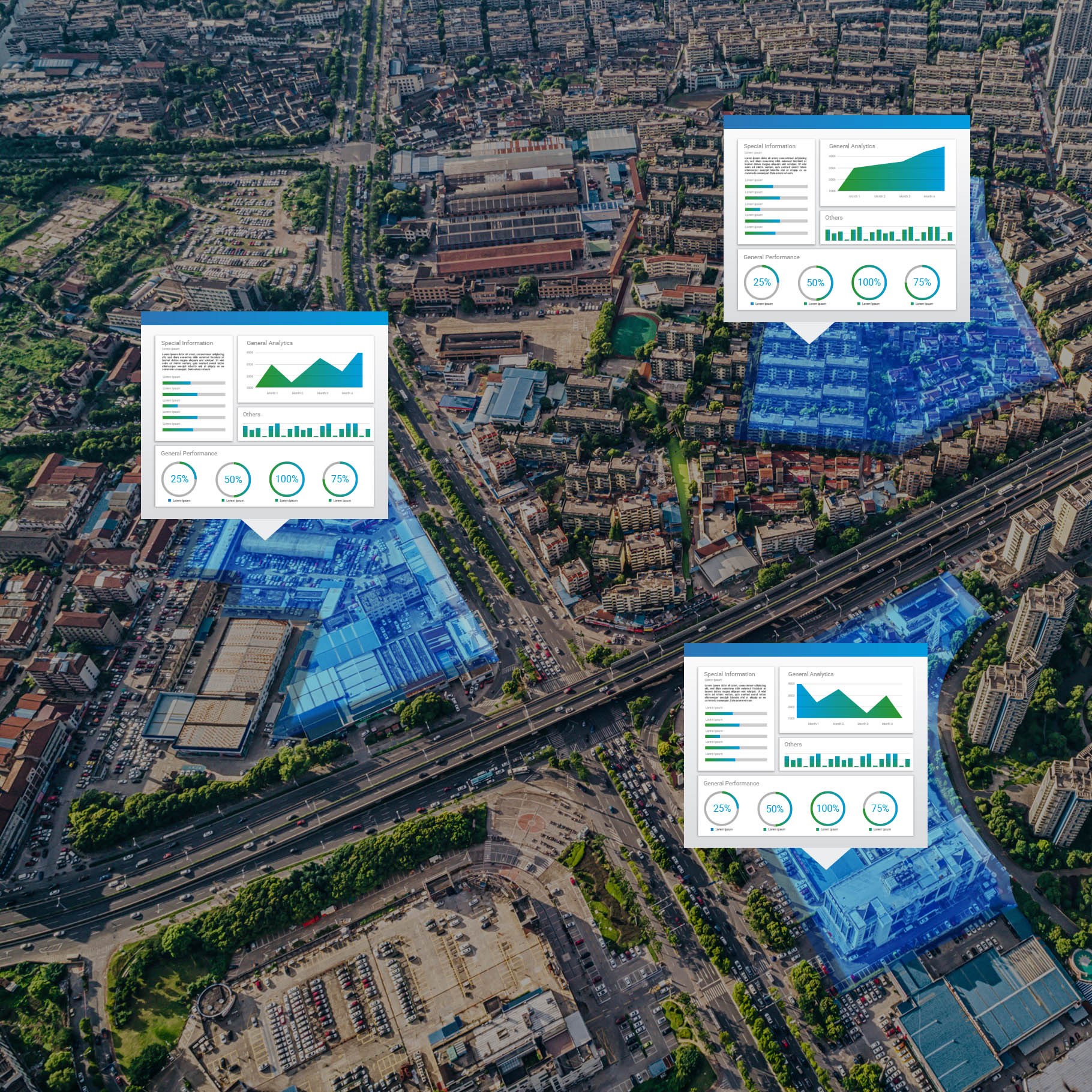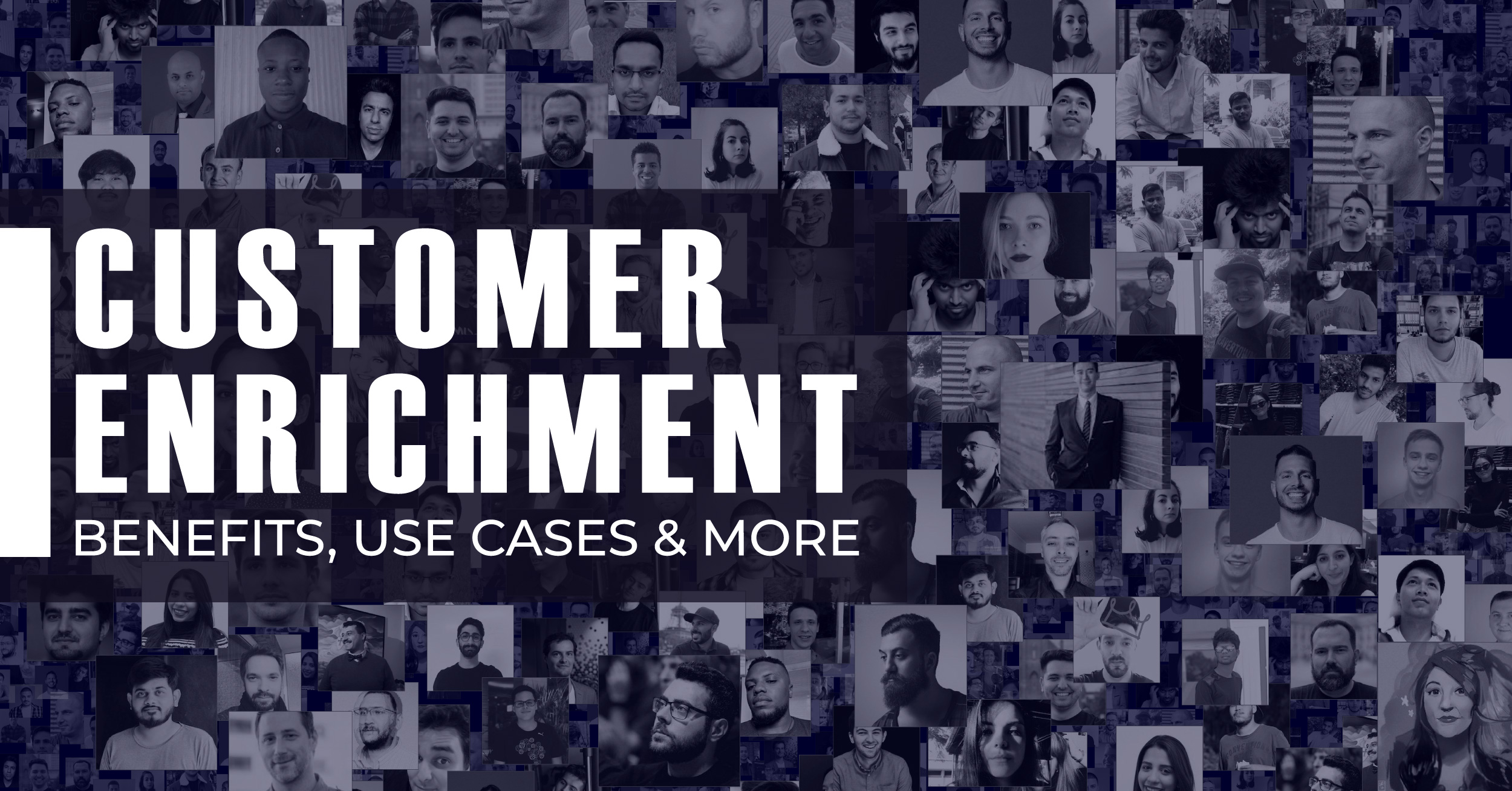In today’s data-rich world, simply knowing your customer is not enough. You need to understand them deeply. What drives their decisions? What do they value? And how can your business meet them where they are? That’s where Customer Data Enrichment comes in.
By adding meaningful context to your existing customer data, enrichment helps you unlock upsell-crosssell opportunities, boost engagement, and discover new customer insights you couldn’t even think of. Let’s explore what customer enrichment really means, and why it’s becoming a game-changer for modern businesses.
What Is Customer Enrichment?

At its core, Customer Enrichment is all about making your existing customer data smarter and more complete.
Most businesses already collect some basic information such as name, email, phone number, maybe purchase history. But that only scratches the surface. Enrichment adds valuable layers to these profiles: who the customer is, what they care about, how they behave, and what might influence their decisions.
For example, instead of just knowing that Ramesh from Mumbai bought a luxury furniture, enriched data further gives you granular insights. Here are the insights that an enriched customer data gives you – Ramesh lives in a high-income neighbourhood with LSI 2. He frequently shops online and has a high spending in the fashion and apparel category, he also owns a 4-wheeler.
With this kind of granular insights, businesses can personalize their communication, offer relevant products, and time their outreach perfectly.
In simple words, customer data enrichment means adding more context to your existing data. This can be done using external data sources and behavioural signals.
It helps you move from just knowing who your customer is, to truly understanding what they want and need.
Key Components of Customer Enrichment
Here are a few core elements of customer data enrichment that make it work:
-
Understanding Your Customer Needs
At the heart of customer enrichment is a clear understanding of what your customers truly want. This means going beyond basic demographics and digging into behaviors, preferences, feedback, and intent signals.
-
Personalization & Customization
Enriched data powers personalized experiences, whether it’s a product recommendation that feels spot on, or an email that lands at the perfect time. Personalization makes customers feel seen. Customization goes even further by giving them control, letting them tweak products, plans, or services to fit their unique needs. Together, these approaches build deeper emotional connections and keep customers coming back.
Benefits of Customer Data Enrichment
Customer data enrichment is not just about “knowing more”, rather, it’s about “doing more” with the data you already have. Here’s how it helps your business:
-
Deliver Truly Personalised Experience
When you know more about your customers, their preferences, behaviors, and needs, you can speak their language. Enriched data helps tailor product recommendations, messages, and offers to each customer. That means no more generic emails, just relevant and timely experiences that make customers feel seen.
-
Spot More Upselling and Cross-Selling Opportunities
Enriched customer data connects the dots between what customers already have and what they might need next. You can identify buying patterns, say, a customer who spends a lot of money using credit cards, a bank can pitch them their fixed deposits or mutual fund investments. Instead of throwing offers blindly, you can make smarter suggestions that actually add value. This makes your sales efforts more relevant and significantly boosts customer lifetime value.
-
Increased Revenue with Smarter Campaigns
Campaign performance improves dramatically when you have deeper customer insights. Enriched data helps you prioritize high-intent leads, tailor messaging based on user behavior, and time your campaigns for maximum impact. Whether it’s email marketing, digital ads, or push notifications, every campaign becomes sharper, more relevant, and more likely to convert. This means better ROI on your marketing spend and a more consistent revenue stream.
-
Enables Better Segmentation & Targeting
Forget broad labels like “new users” or “high spenders.” Enriched data lets you create meaningful customer segments based on behavior, interests, income level, or even brand preferences. You can now design campaigns for “first-time parents in metro cities” or “budget-conscious users with high engagement.” This level of precision targeting means fewer wasted impressions and more impact with every message you send.
-
Minimize Customer Churn Before it Happens
Customer drop-off doesn’t usually happen all of a sudden. It shows up in subtle ways, like reduced engagement, smaller order sizes, or slower login frequency. Enriched data allows you to track these early warning signs and understand why someone might be losing interest. With that insight, you can step in with timely interventions like personalized offers, check-in messages, or loyalty rewards. In this way, you can win your customer back before they leave.
How Kentrix Helps You With Customer Enrichment?
Karma, a customer enrichment tool by Kentrix transforms basic user data into detailed, actionable insights. It enhances every profile with 40+ data points, including income bands, lifestyle indicators, purchase patterns, household-level spending, and more. Karma goes beyond demographics, it maps users into lifestyle and psychographic segments, helping you understand not just who your customers are, but how they think and spend.
Whether you want to identify high-value users, personalize offers, or improve upsell/cross-sell precision, Karma plugs directly into your existing CRM with zero heavy lifting. It gives your teams a 360° customer view that’s always up to date, scalable, and ready to drive smarter decisions across marketing, sales, and product.
Use Cases of Customer Data Enrichment
Customer data enrichment is useful not just for the marketing teams but it creates value for the entire organization.
-
Marketing – Precise Targeting
Enriched data helps marketing teams get beyond the basics. Instead of targeting broad groups based on age or geography, they can now segment audiences based on lifestyle, income level, online behavior, or product affinity. That means more personalized messaging, better channel allocation, and higher ROI on every campaign.
With deeper insights, marketers can also build smarter funnels and different customer cohorts – showing different creative to someone who’s price-conscious vs someone who values luxury. This way, campaigns and messaging of each campaign feels tailor-made for each consumer.
-
Sales Team – Unlock More Upsell & Cross-Sell Opportunities
Enriched customer data helps sales teams identify who’s ready to upgrade and with what. By taking into consideration the income, lifestyle, and spending behavior, the sales team can spot upsell and cross-sell opportunities with ease.
Example: A customer using a basic credit card frequently books flights and dines at upscale places. With enriched insights, the sales team can pitch a premium travel card with lounge access and rewards that match their lifestyle.
This data-driven approach makes offers more relevant, boosts conversion rates, and turns everyday sales into high-value growth opportunities.
-
Strategy Team – Market Insights
For business strategy and operation teams, enriched data opens up a broader view of how different customer segments behave and evolve. Want to launch a new product or a subscription service? Use existing customer data to determine the first set of customers likely to buy these products.
This intelligence helps shape not just customer facing strategies but also the overall business growth.
-
Risk & Compliance Team – Smarter Verification & Risk Scoring
For businesses in finance, insurance, or lending, customer enrichment improves how risk is assessed. By filtering in location, financial behavior, income indicators, and social signals, compliance teams can detect fraud early and prevent defaults.
Conclusion
The objective of customer enrichment is to build deeper relationships and engage with customers. With the right customer enrichment strategy and leveraging technology like Karma, you can personalize experiences, boost revenue, reduce churn, and stay ahead of customer needs. It can be your ultimate competitive advantage.



